How do I determine the input/output impedance of circuits that have transistors or other active components?
Determining the input/output impedance of circuits with transistors or other active components is an important step to understand the performance and matching characteristics of the circuit. Here are some common methods and techniques for determining these impedances:
1. Analytical Methods
Input Impedance
Small-Signal Model: Use the small-signal model of the transistor (such as common-emitter, common-base, common-collector, etc.) to analyze the input impedance.
Common-Emitter Amplifier: The input impedance Rin can be expressed as:
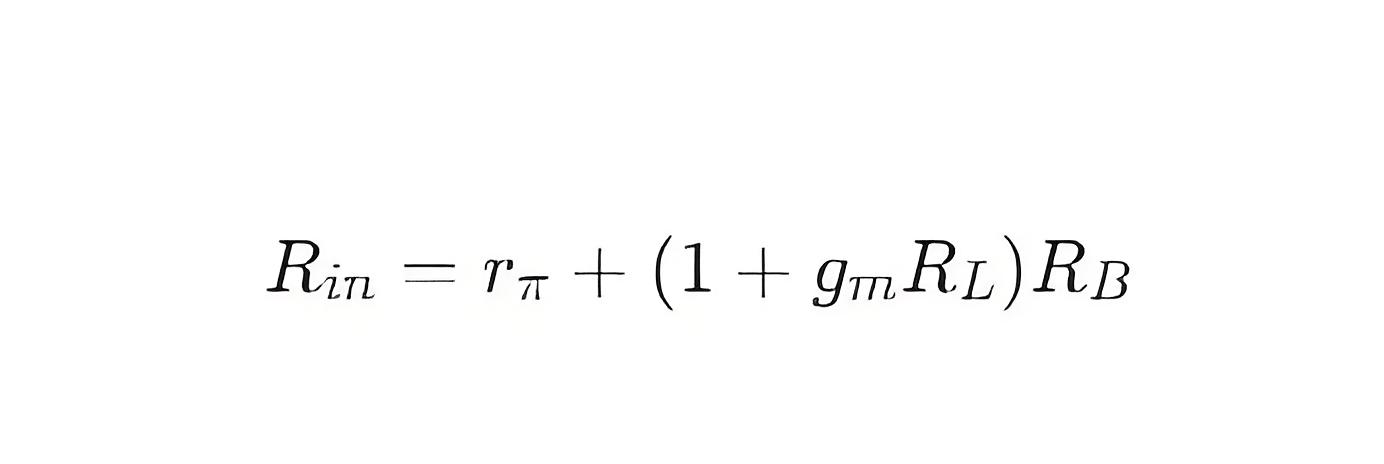
where rπ s the dynamic resistance between the base and emitter, gm is the transconductance,
RL is the load resistance, and RB is the base bias resistor.
Common-Base Amplifier: The input impedance Rin can be expressed as

where re is the emitter resistance, and RE is the emitter bypass resistor.
Common-Collector Amplifier: The input impedance R in can be expressed as

Output Impedance
Small-Signal Model: Use the small-signal model of the transistor to analyze the output impedance.
Common-Emitter Amplifier: The output impedance Rout can be expressed as
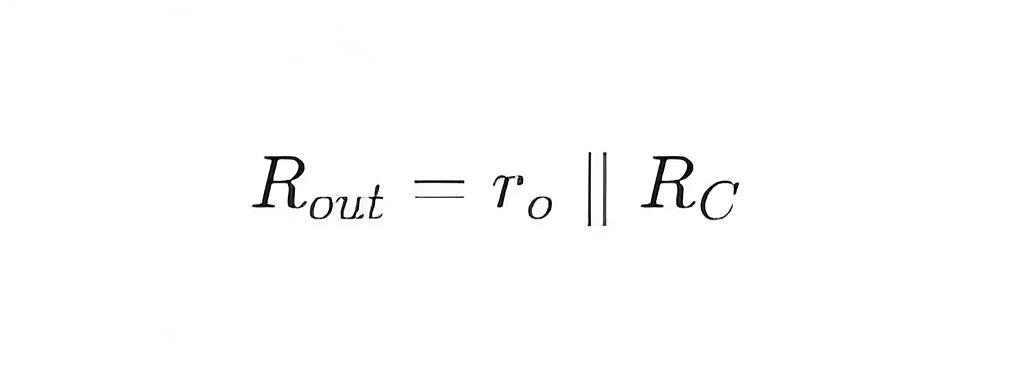
where ro is the output resistance, and RC is the collector resistor.
Common-Base Amplifier: The output impedance R out an be expressed as
Common-Collector Amplifier: The output impedance Rout an be expressed as:
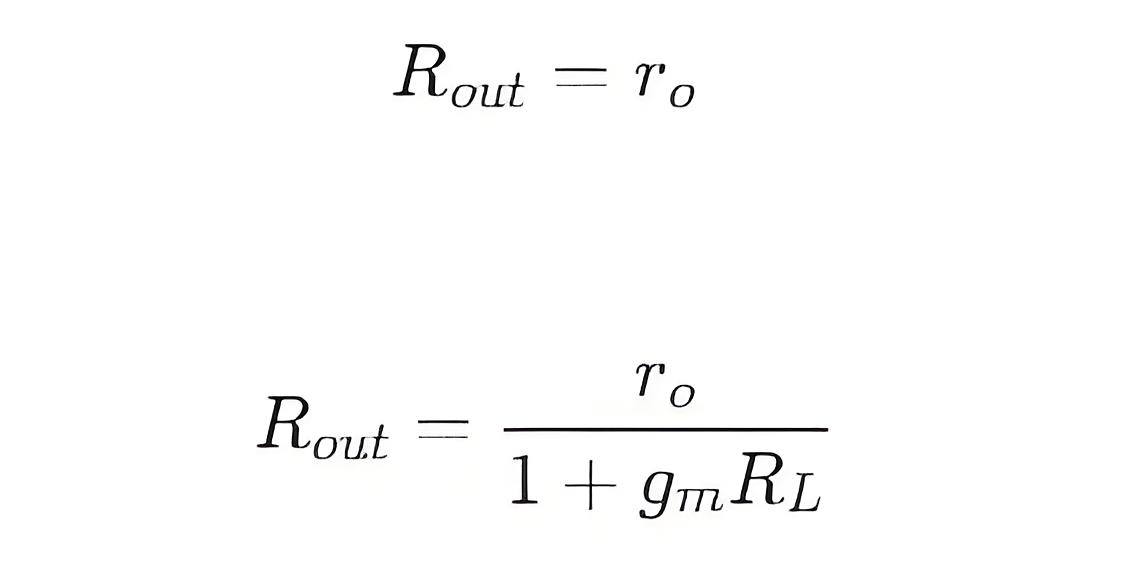
2. Experimental Methods
Input Impedance
Voltage Method: Apply a small AC signal to the input of the circuit, measure the input voltage
Vinand input current Iin, and calculate the input impedance:
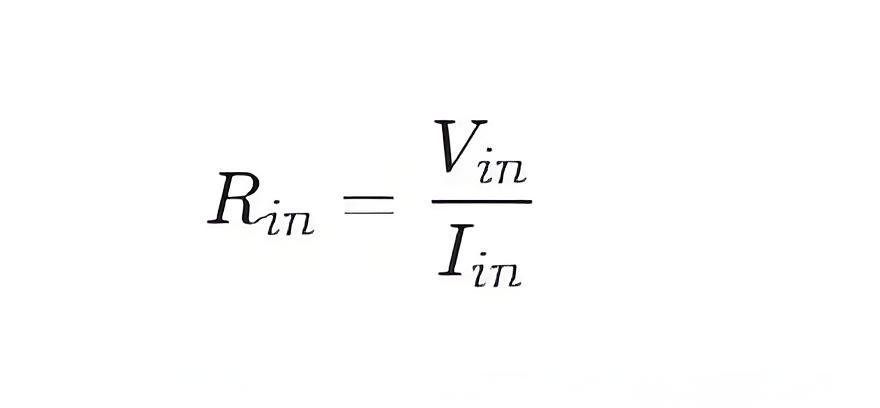
Resistor Method: Series a known small resistor Rs atthe input of the circuit, measure the input voltage Vinand the voltage across the resistor Vs, and calculate the input impedance:
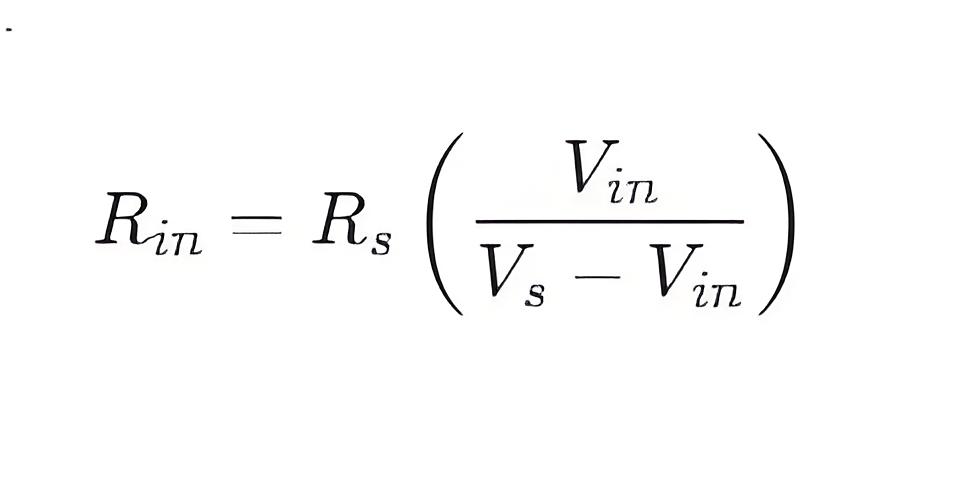
Output Impedance
Load Method: Connect a variable load resistor
RLat the output of the circuit, measure the output voltage Voutas the load resistance changes, and calculate the output impedance:
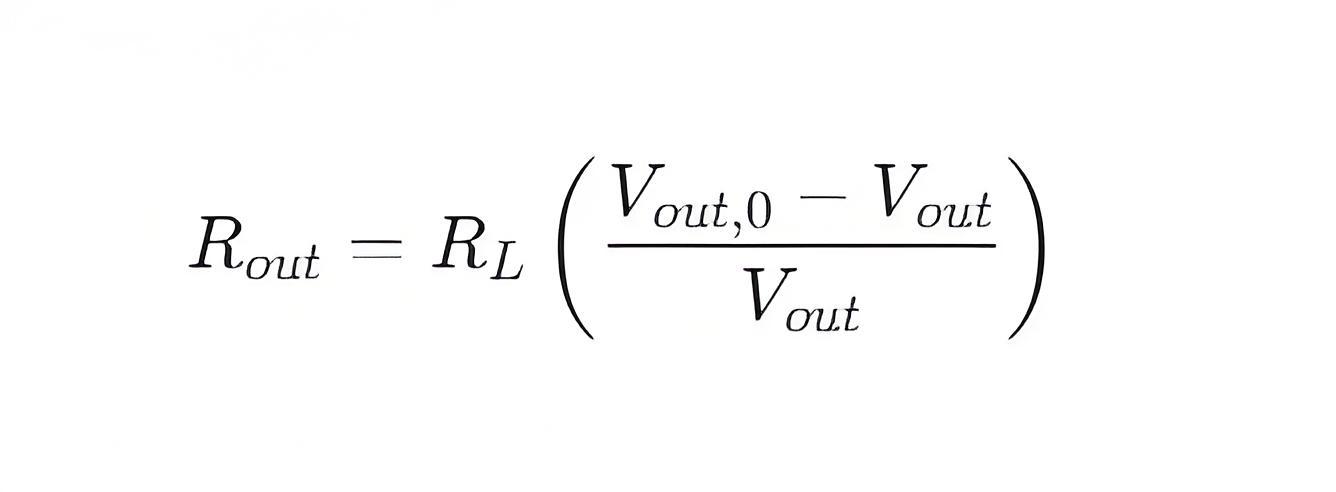
where Vout,0is the output voltage when the load resistance is infinite.
3. Simulation Methods
Circuit Simulation Software: Use circuit simulation software (such as SPICE, LTspice, Multisim, etc.) to simulate the circuit and directly obtain the input and output impedance.
Input Impedance: Apply a small AC signal to the input of the circuit, simulate to get the input voltage and input current, and calculate the input impedance.
Output Impedance: Connect a variable load resistor at the output of the circuit, simulate to get the output voltage as the load resistance changes, and calculate the output impedance.
4. Circuit Analysis Techniques
Thevenin Equivalent: Simplify the complex circuit to a Thevenin equivalent circuit, where the input impedance is the equivalent resistance.
Norton Equivalent: Simplify the complex circuit to a Norton equivalent circuit, where the output impedance is the equivalent resistance.
Summary
Determining the input/output impedance of circuits with transistors or other active components can be done using analytical methods, experimental methods, and simulation methods. The choice of method depends on your specific needs and available resources. Analytical methods are suitable for theoretical calculations, experimental methods are suitable for actual measurements, and simulation methods combine the advantages of both, allowing for detailed analysis and verification on a computer.
The Electricity Encyclopedia is dedicated to accelerating the dissemination and application of electricity knowledge and adding impetus to the development and innovation of the electricity industry.













